See how the different types of headphone drivers can affect your overall listening experience.
Many audiophiles start by learning about the different types of headphones drivers. Beginners are often perplexed by the differences between driver types, which audio forums’ hearsay complicates further.
It doesn’t help that manufacturers promote fancy driver materials for marketing purposes.
To simplify matters, disregard the materials and focus solely on the driver mechanism.
There are only six types of headphones drivers that you’ll have to consider.
Each of them moves air differently, thus producing differing sound quality.
If you’re an audiophile nerd, you’re in for a treat.
In this article, we’ll delve into the inner workings of each of the six headphones drivers.
Let’s go!
What Are Headphone Drivers?
Headphone drivers are the speakers that vibrate and ‘drive’ the air into your ear canal. The driven air is what’s responsible for making the sound you hear from the headphones.
Headphone drivers – also known as transducers – work by converting electrical energy from the headphones into acoustic elements that your ears can hear. Drivers come in various sizes depending on the type of headphones or speakers they power.
However, headphone drivers mainly consist of three core components:
Magnet
The magnet in a headphone driver generates a magnetic field that can affect the overall sound quality of the headphone. The stronger the magnets (relative to the driver’s size), the better the sound will be.
Stronger magnets have the potential to create more significant air movement which, in turn, will result in better frequency coverage for the driver. But that’s an oversimplification, to say the least, as the fine-tuning and quality of other components can also affect the sound quality.
Magnets are the ‘driving force’ of speakers since they’re responsible for moving the diaphragm back and forth, which causes air vibrations and generates sound waves.
Voice coils
The voice coils are the physical force that comes in contact with and moves the diaphragm to stimulate the vibration onto its surface. When electricity runs through voice coils, they become electromagnetic and interact with the magnets. This attract/repel interaction causes the coils to vibrate and move the diaphragm.
There is a wide variety of materials for voice coils – but they’re almost always made from copper. The variety of materials include HI-OFC (Oxygen-Free Copper) and PCOCC (Pure Copper by Ohno Continuous Casting).
Oxygen-free copper is supposed to have better conductivity due to the low oxygen content (0.03%) and high copper purity (99.95%), but it often costs slightly more to manufacture. Pure copper coils have slightly less purity (99.5%), but it’s easier to shape and therefore cost slightly cheaper.
All in all, the different voice coil materials won’t significantly impact the sound quality too much.
Diaphragm
The diaphragm vibrates to move the air, producing sound waves that your ears can pick up. It usually has a thin membrane with various materials with suspended edges to allow vibration. When the electricity goes through the voice coils and moves the diaphragm, the thin membrane vibrates and pushes the air to make the sound that you hear from each of your headphone’s speakers.
Does the Headphones’ Driver Size Matter?

The short answer is: yes, the size of your headphones’ driver has a specific influence on their sound quality. But that doesn’t mean larger drivers always deliver better sound.
Larger drivers can indeed generate louder sounds by moving more air particles. They also don’t have to vibrate as much as smaller drivers to move the same amount of air particles.
The amount of air that gets moved determines how much air pressure variation your headphones can produce.
More pressure variation means a wider frequency range of sound (i.e., higher highs and deeper lows). This wide frequency range is what gives the illusion that larger drivers provide better sound and more responsive bass.
Smaller drivers, however, have the physical limitations that prevent them from vibrating beyond a certain amount of air particles.
However, while there’s some truth in the belief that bigger drivers produce ‘better’ bass, it’s also a culmination of other factors.
Other factors like impedance, sensitivity, and drivers’ position relative to the ears also have equally important roles in determining the sound quality of your headphones.
For example, Balanced Armature (BA) drivers are the smallest type of headphone drivers typically found in in-ear monitors (IEMs). Due to their small size, balanced armature drivers struggle to produce deep bass. But some BA IEMs can still have a significant amount of ‘thump’ due to their numbers, tuning, and how close they are to the ears.
On the other hand, planar magnetic drivers are much larger than typical dynamic drivers. But, headphones that use them don’t always have deeper bass.
Additionally, you can’t quantify a ‘better’ bass since it’s subjective to the listeners. You might use punchier bass as a sign of quality, but others may prefer wider sound dynamic or clearer vocals.
Do More Drivers Mean Better Sound?
Headphones with more drivers don’t necessarily have better sound.
Sure, having more drivers inside your headphones can increase the frequency range of the headphones without sacrificing accuracy. But you can’t rely on the number of drivers to determine the headphones’ quality alone.
Instead of the numbers, you should look at how well each driver was tuned and integrated to the headphones.
Headphones with multiple drivers essentially have two separate components to produce different frequencies (e.g., driver A produces bass and mids; driver B produces treble, etc.). An electronic circuit called the crossover will then mix the frequencies to produce a much broader sound dynamic.
Fine-tuning the crossover to integrate the drivers properly requires a meticulous and technical process with high accuracy. Unfortunately, not all manufacturers can dedicate their research & development budget to that extent as many multi-driver headphones flop in the market.
While multi-driver configuration helps improve the sound quality of early IEMs, a lot of today’s best IEMs only have a single driver. This is because the improvement in quality and our skills in fine-tuning headphones have allowed manufacturers to make high-quality single driver headphones.
However, because of the misconception that the more drivers, the better, some manufacturers still try to put more drivers in headphones and charge their consumers more. But as many audio enthusiasts have experienced first-hand, well-tuned single driver headphones will bring a much better listening experience in the right situations.
6 Types of Headphone Drivers
Now that we’ve set aside the driver size and quantity, let’s move on to the different types of headphone drivers.
In this section, we will be exploring six types of headphone drivers that you should know about. These are drivers with varying kinds of core mechanisms – therefore having their unique ways of producing sound.
- Dynamic driver or moving coil
- Balanced armature driver
- Planar magnetic driver
- Electrostatic or electret driver
- Piezoelectric driver
- Magnetostriction driver or bone conduction
Dynamic driver or moving coil
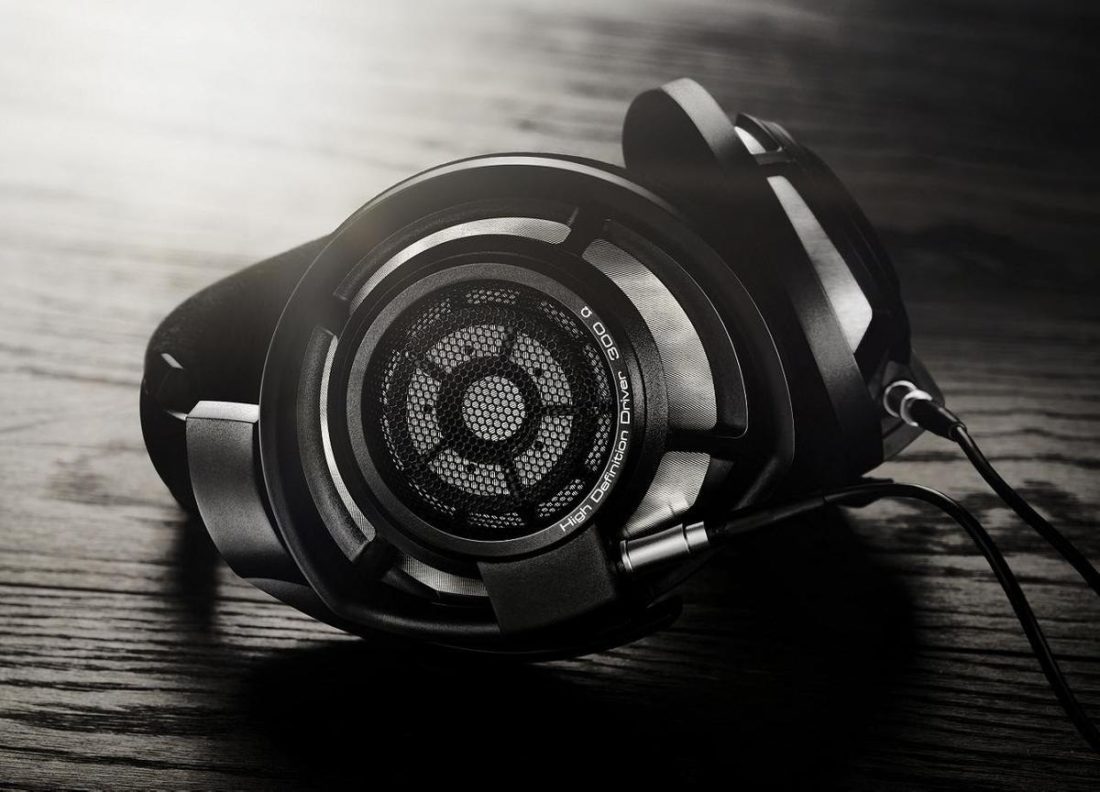
Many manufacturers use dynamic drivers for two reasons: low price and their ability to cover a wide range of frequencies. The diaphragm in dynamic drivers has more room to vibrate, making it capable of producing more responsive bass – albeit not the cleanest nor most detailed.
Thanks to its high availability and versatility, many customer-favorite headphones use dynamic drivers, such as Focal Stellia and Sennheiser HD800.
How do dynamic drivers work?
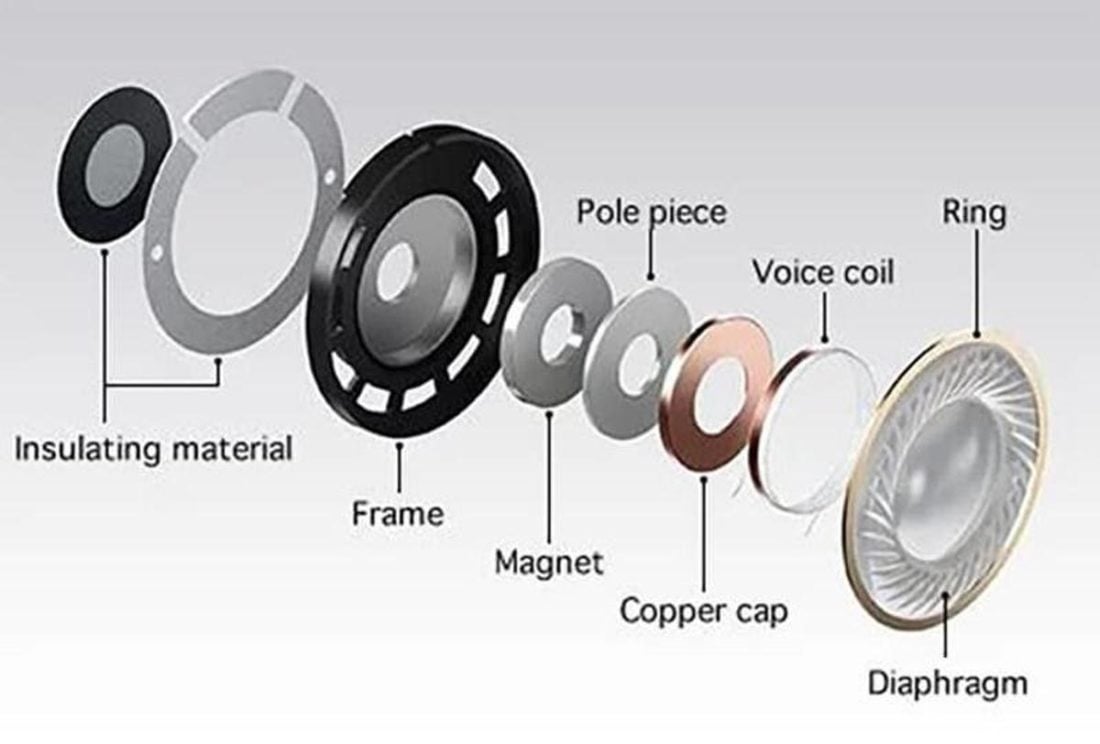
The voice coil in a dynamic driver sits inside a permanent magnet. It’s also directly connected to the diaphragm. When the electrical current goes through the voice coil, it produces an electromagnetic field.
The now-magnetic voice coil then continuously attracts and repels the permanent magnet, causing it to vibrate at a certain frequency.
The diaphragm will also move up and down according to the coil’s vibration, thus shifting the air above it and generating sound waves. Dynamic drivers have one of the simplest mechanisms, which enables them to reach high volume using less power (or lower impedance).
Despite being known for rolling off at around 20Hz, dynamic drivers can still deliver deeper bass than other types of drivers. So if you prefer punchier bass in your music, dynamic driver headphones are the way to go.
However, low-quality dynamic drivers are prone to non-linear distortion at higher volumes. The diaphragm in dynamic drivers only vibrates by the parts physically attached to the voice coil. Components that aren’t attached to the voice coil will receive second-hand vibration that distorts its shape at higher volumes.
- Affordable
- Deeper bass
- Plenty of headphone choices
- Power-efficient
- Prone to distortion at high volume
Balanced armature driver
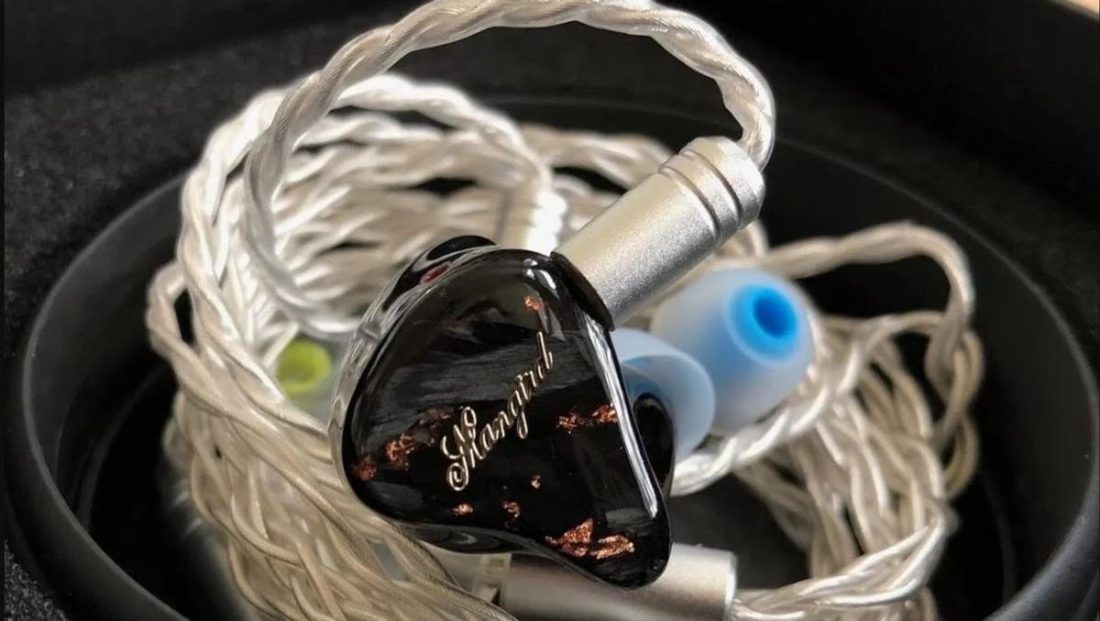
Balanced armature drivers are popular due to their superb power efficiency and small builds. These drivers are specifically used in earbuds – specifically IEMs. Everything about balanced armature drivers was born to create more portable headphones that maintain excellent sound quality, like the Mangird Tea and Ikko OH10.
How do balanced armature drivers work?
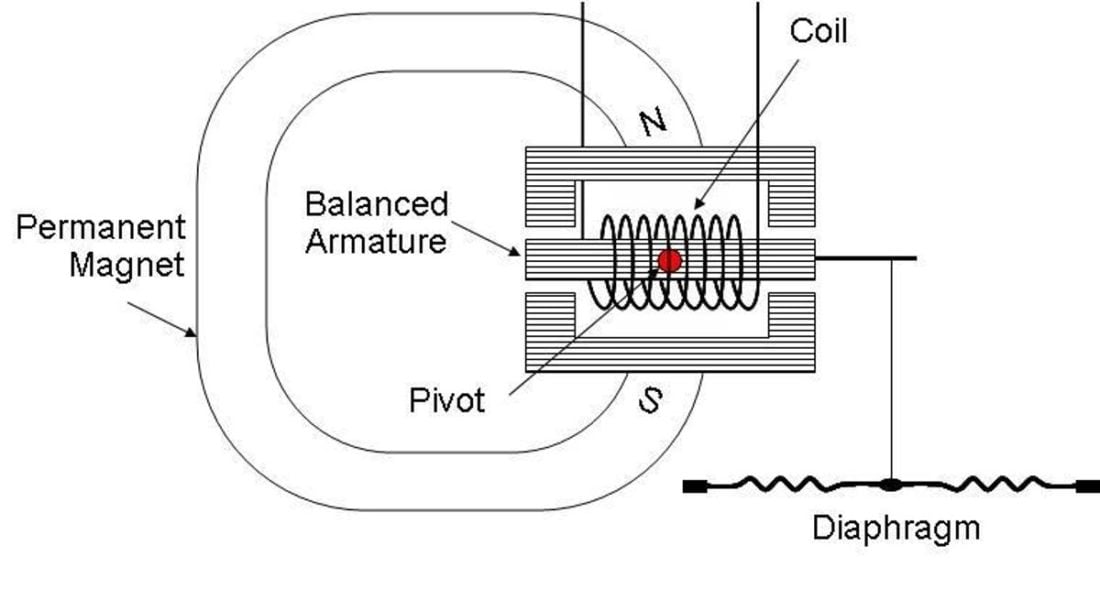
In balanced armature drivers, incoming audio signal first goes through the copper coil wrapped around the armature. The electric current then turns the armament into an electromagnet, which is drawn towards the magnets above and below it.
This movement will stimulate vibration in the diaphragm using the driver pin at its end, resulting in air movement above the diaphragm. The moving air generates sound waves that will escape through the sound outlet.
Most headphones with balanced armatures have between 1-4 drivers, with custom-made drivers having as many as 15 armatures.
But the caveat behind BA drivers is that they don’t displace air to generate sound, which results in the headphones lacking punchier bass. Manufacturers often make up for the lack of bass in headphones with balanced armature drivers by adding dynamic drivers into the mix, creating a new type of driver known as hybrid drivers.
The lack of air movement allows BA drivers to operate without additional air vents, helping them to create better sound isolation.
A single BA driver also has a very narrow frequency range, meaning more than one driver is required to make headphones with good sound quality – resulting in higher price tags on the final products.
- Great sound isolation
- Compact & portable
- Excellent treble response
- Lack of bass response
- More expensive than dynamic drivers
Planar magnetic driver
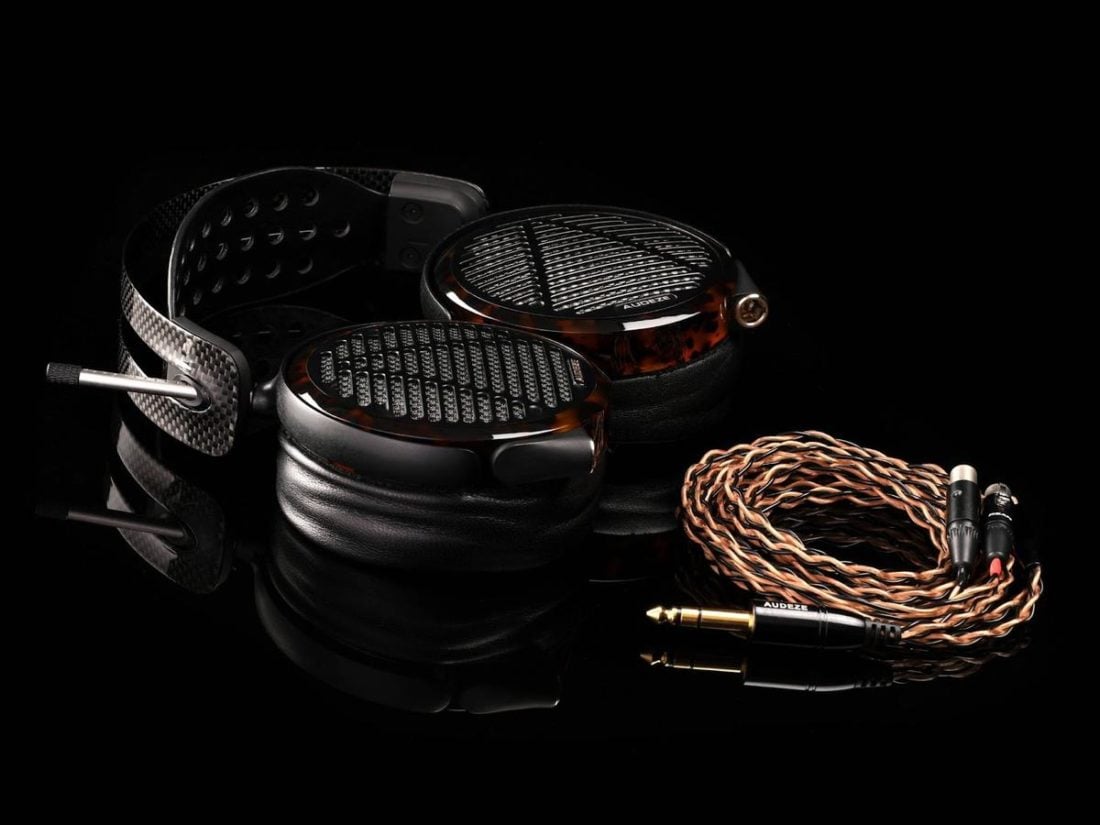
Planar magnetic drivers are also known as isodynamic, magneplanar, or orthodynamic drivers. Headphones with planar magnetic drivers often have a signature appearance with rectangular openings on their ear cups instead of circular ones.
Planar magnetic drivers are commonly used in open-back headphones like the Audeze LCD-5 and HiFiMan HE1000se. But lately, there have been several IEMs that sport planar magnetic drivers like the Audeze LCD-i3 and Obravo ERIB-2A Earphones.
How do planar magnetic drivers work?
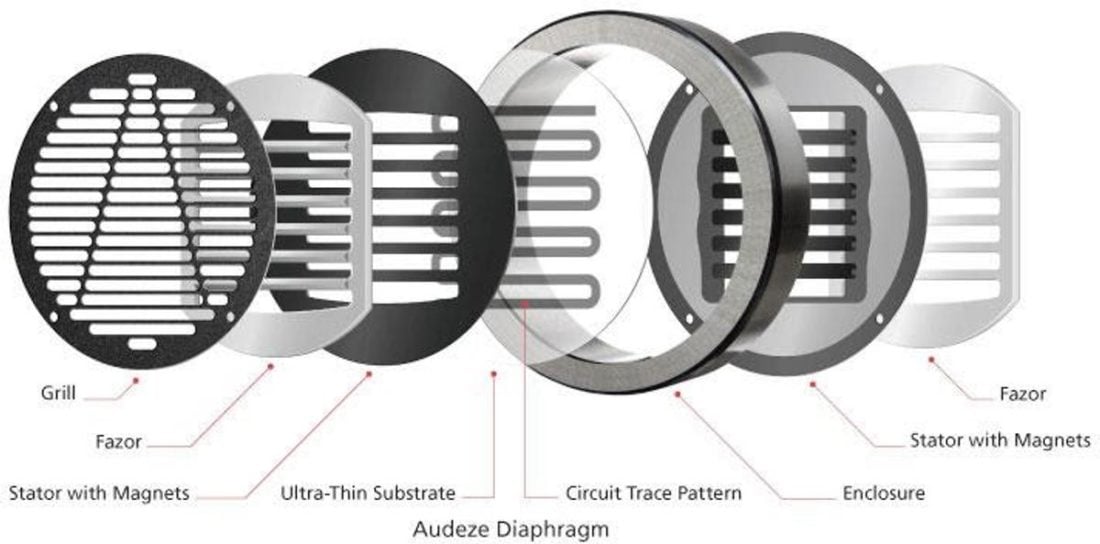
Similar to dynamic drivers, planar magnetic drivers produce sound using magnetic fields. The key differentiator is how the magnets move the diaphragm and the shape of the diaphragm itself.
Planar magnetic drivers don’t use coils to move the diaphragm. Instead, they use a flat electrical conductor between two equally flat magnets. The conductor will be electromagnetic and move back and forth towards the permanent magnets, resulting in the diaphragm vibration.
The larger magnets inside the drivers mean that the headphones are heavier, bulkier, and more expensive than those with dynamic or balanced armature drivers.
However, the stationary magnets and flat diaphragms make the sound created by planar magnetic drivers more well-controlled and less prone to distortion at higher volumes.
Planar magnetic drivers also have a more accurate sound reproduction compared to others. But most headphones that use planar magnetic drivers often require an amp to achieve their best sound quality.
- Lower distortion
- Super accurate sound reproduction
- Require amp (in most cases)
- Clunkier
- More expensive
Electrostatic or electret driver
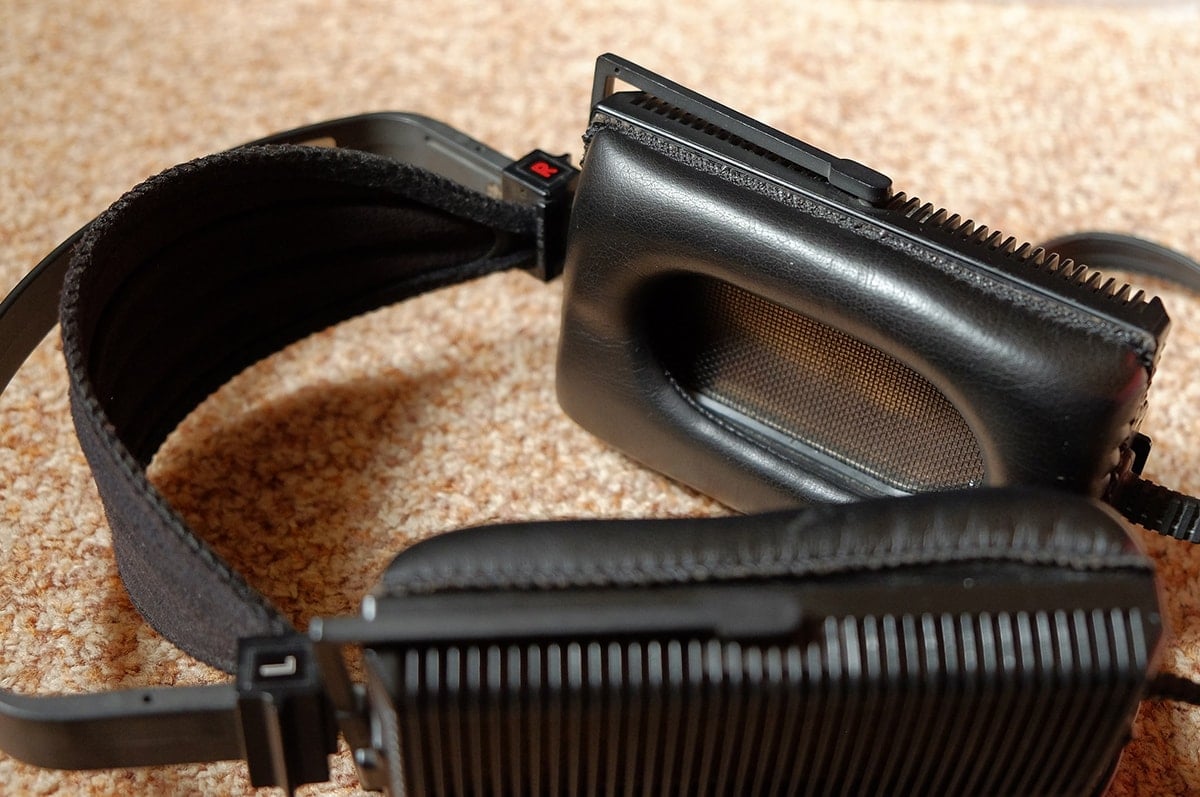
The electrostatic driver is the most expensive type among all others on this list. And, due to them needing special amplification to work, electrostatic drivers aren’t quite common on the market. An example of popular headphones that use electrostatic drivers is the Stax SR-X9000 or the vintage Stax SR-Lambda Pro.
There’s also a subset of electrostatic drivers called an electret. Electret drivers have a permanent charge on the film, eliminating the need for specialized amplification. High-end IEMs like the ThieAudio Monarch typically use these.
How do electrostatic drivers work?
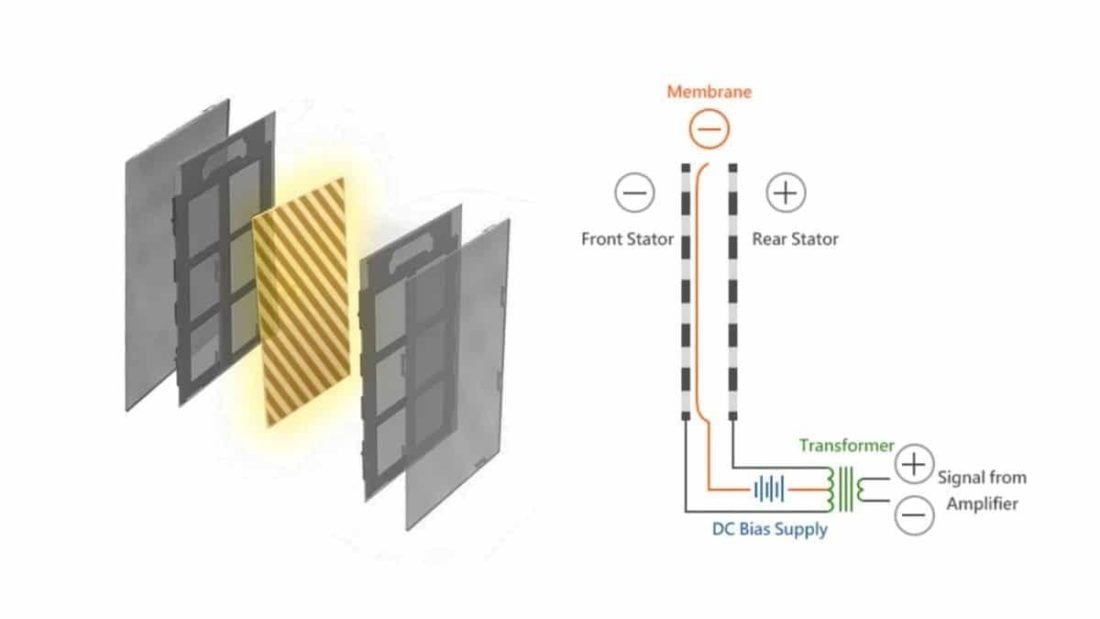
Electrostatic drivers work by applying static electricity to the thin-film layer that “floats” between two perforated metal plates. When an electrical current is applied to the perforated plates, the film will vibrate due to the magnetic attraction and repulsion. The vibration will move the air and create sound waves.
The use of thin-film instead of moving coils makes electrostatic drivers free of distortion.
However, headphones with this driver are generally the most expensive of the bunch. They also have incredibly high impedance, which means they require a specialized amp to boost the audio signal and turn down the electric current to a safe level.
- Accurate sound
- High-sensitivity
- Require specialized amp
- Expensive
- Bulky and heavy
Piezoelectric driver
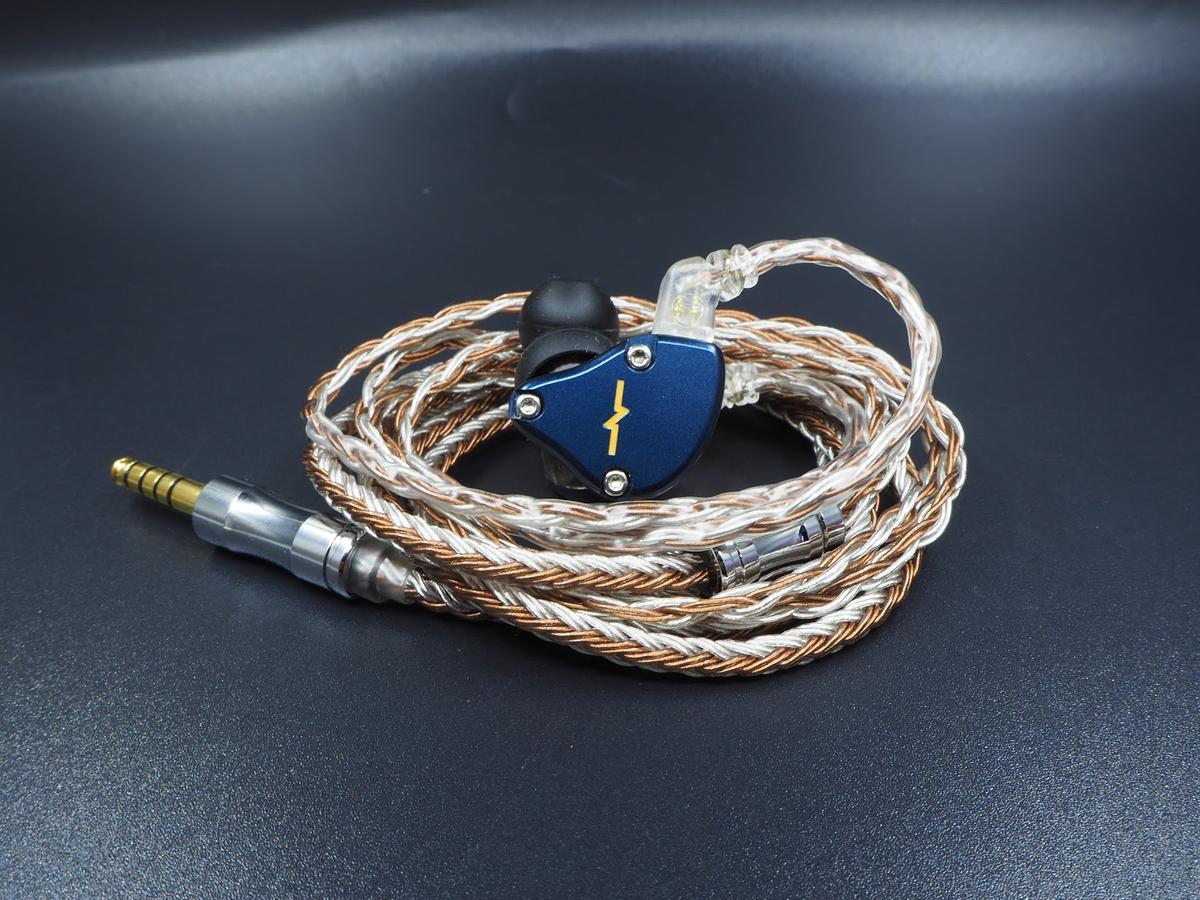
There’s a common misconception that piezoelectric is the same as electrostatic drivers – but how they produce sound is quite different. A piezoelectric driver is commonly used in buzzers, and there are several modern IEMs use it, such as BQEYZ Summer (hybrid) and NiceHCK NX7 (hybrid).
How do piezoelectric drivers work?
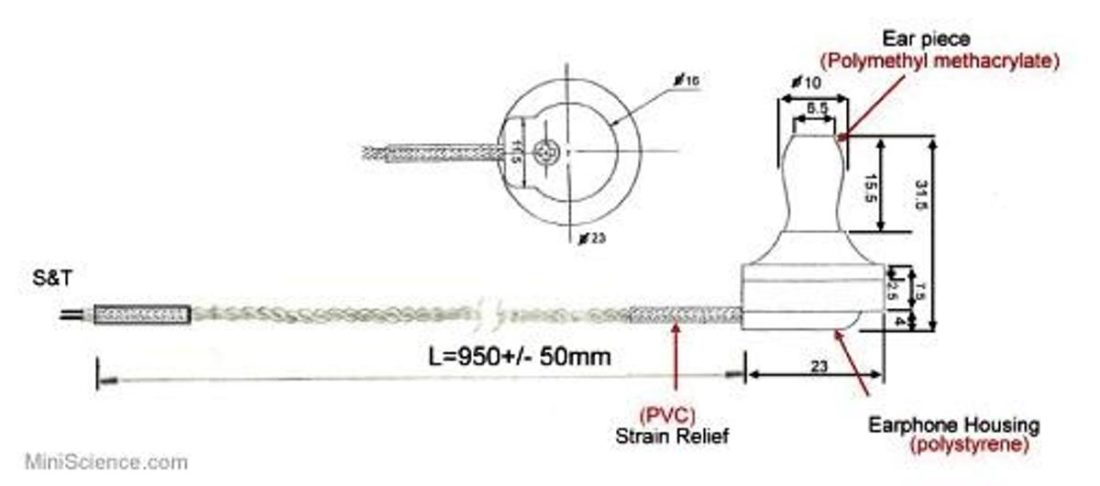
Piezoelectric drivers work by applying a voltage to piezoelectric material (such as crystal or ceramics) to move the diaphragm. Electricity can alter the physical form of piezoelectric materials, resulting in the ‘movement’ that vibrates the diaphragm.
Due to the atomic-level workings of piezoelectric materials, this driver is incredibly sensitive to changes in sound frequency and volume. In other words, they can convert even the weakest audio signal into sound.
But due to the nature of piezoelectric materials that are rather difficult to shape, there’s also a limitation to how much fine-tuning manufacturers can do. This limitation results in piezoelectric drivers having overall low-quality sound while requiring a high power to work.
- High-sensitivity
- Unique factor
- Low sound quality
- High impedance
- Lacking in bass
Magnetostriction or bone conduction driver
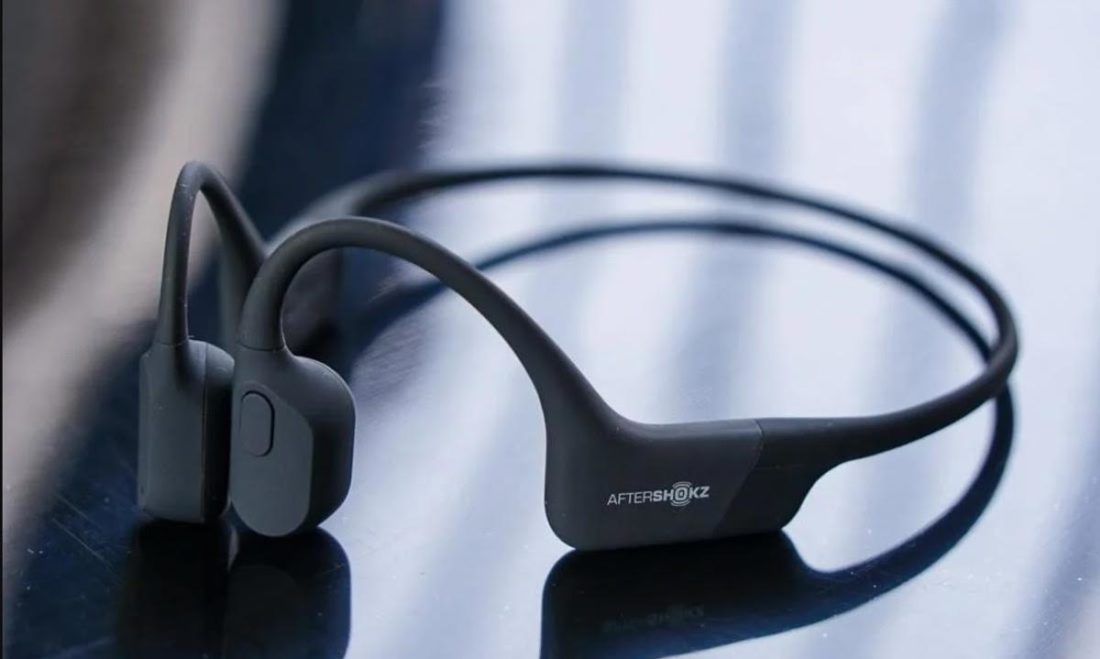
While bone conduction headphones are fairly new to the scene, they are gaining popularity among enthusiasts and regular consumers alike. There are now dozens of bone conduction headphones like the famous AfterShokz Aeropex.
Since it doesn’t use your eardrums to send the sound waves, bone conduction headphones are beneficial for those with hearing loss due to damaged eardrums. However, many people have debated the safety of bone conduction headphones; there have been cases where prolonged use of bone conduction causes discomfort, skin irritation, and headache.
How do bone conduction drivers work?
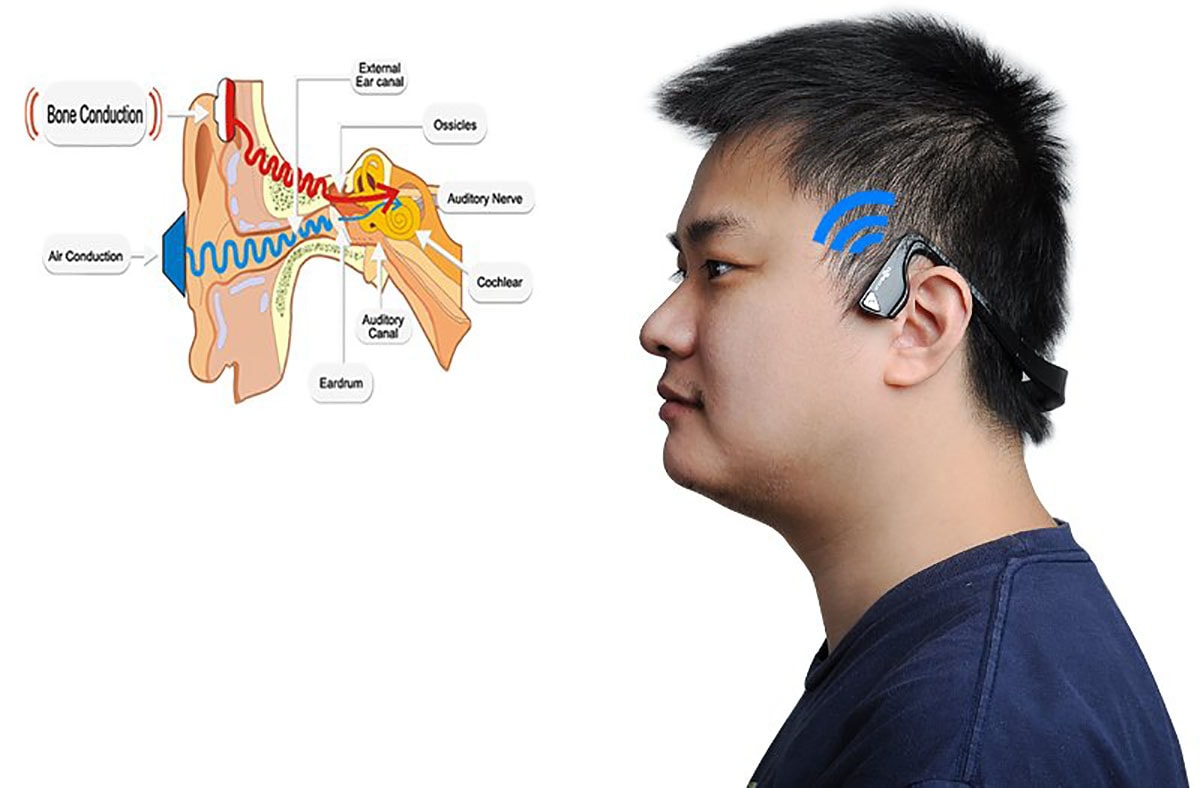
Bone conduction drivers are unique in that they don’t produce sound waves the same way other drivers do. These drivers vibrate the temporal bones and jawbones to transfer the sound directly into the inner ear.
While the implementation potential is vast, bone conduction drivers don’t sound as good as other drivers just yet. Since they don’t sit in your ear canals, bone conduction headphones also tend to have poor sound isolation and sound leakage.
- Practical use cases
- Good for outdoor activities
- Low sound quality
- Lack of sound isolation
Are Headphones With Hybrid Drivers Better?
As the name implies, headphones with hybrid drivers combine two or more different drivers to produce the best sound quality. Not all drivers are equal – some can handle a certain frequency range better than others.
By combining more than one driver type in a pair of headphones, the frequency range of said headphones will be much wider, therefore improving their overall sound quality. The improved frequency range of hybrid drivers is the main reason why both audiophiles and manufacturers prefer them over single-driver construction.
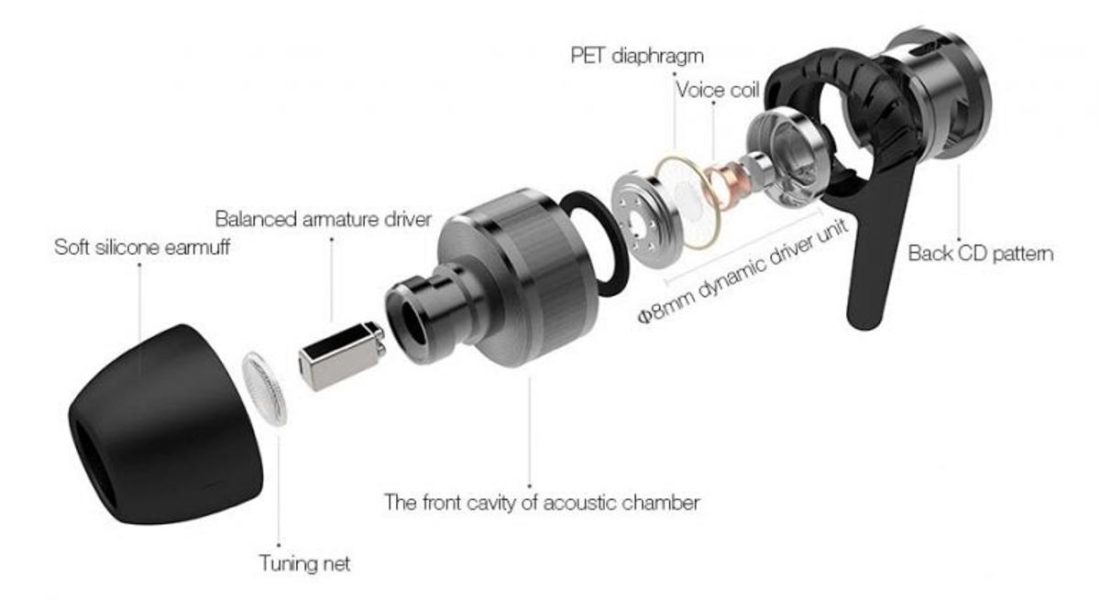
Most people associate hybrid drivers with IEMs that have both dynamic and balanced armature drivers. But some models like the NiceCHK NX7 have seven drivers total to achieve that superb frequency coverage.
Which Headphone Driver Should You Go For?
It should go without saying that knowing the driver type alone isn’t enough to judge whether a pair of headphones is good or bad. But here are some pointers that can help you pick the driver type depending on what you’re looking for:
- Sound quality: Planar magnetic drivers have much clearer sound with little to no distortion at high volume. Many high-quality monitor headphones use planar magnetic drivers, which signifies the accuracy of the sound recreation that they offer.
- Budget: Dynamic drivers are by far the most popular headphone drivers that are affordable and generally have an excellent sound quality and deeper bass. If you’re looking to get a good pair of headphones on a budget, dynamic drivers are the way to go.
- Headphone type: The type of headphones you also want somewhat dictate the type of driver you’ll get. For example, you won’t be able to find IEMs with bone conduction drivers. Planar magnetic drivers are also commonly found in open-back headphones to maximize the sound stage.
But eventually, the type of driver doesn’t dictate the quality of headphones. You should still use the overall sound quality of the headphones — which is the culmination of many factors — as the final consideration.
While the type of driver has a specific role in the sound quality, how manufacturers fine-tune and build the headphones can make all the difference.
Conclusion
There are many types of headphone drivers, and each of them brings something unique to the final sound quality that you’ll get. But that doesn’t mean you can decide the quality of a pair of headphones just by solely looking at what drivers they use.
Overall, the complete driver integration, tuning, and build of your headphones matter more than the type, quantity, or size of your drivers.
Despite that, which headphone driver do you think is best? Got any budding questions about headphone drivers you want us to answer? Let us know in the comments section below!